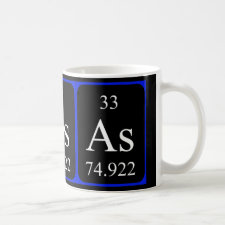
Authors: Ashraf S, Cluley A, Mercado C, Mueller A
Article Title: Imprinted polymers for the removal of heavy metal ions from water.
Publication date: 2011
Journal: Water Science And Technology
Volume: 64
Issue: (6)
Page numbers: 1325-1332.
DOI: 10.2166/wst.2011.423
Abstract: In wastewater treatment, the removal of heavy metals is difficult due to the limited affinity of heavy metal ions to ion exchange resins. Here imprinting polymerization is used to develop resins with high capacity and selectivity for heavy metal ions for water treatment. A random copolymer of methacrylate and methacrylamide was found to be most effective for the removal of hydrophilic metal complexes, like CdCl2, ZnCl2, and the metalloid NaH2AsO4, particularly when the porosity of these resins is increased. For hydrophobic complexes imprinting emulsion polymerization was developed and data for the effective removal of mercury dithizonate will be described. Complete removal for up to 80 ppm of cadmium and mercury with only 200 mg of imprinted resin was obtained; competition and co-imprinting experiments are described as well.
Template and target information: cadmium, zinc, arsenic, mercury
Author keywords: capacity, emulsion polymerization, Heavy metal ions, imprinting polymerization, remediation



Join the Society for Molecular Imprinting

New items RSS feed
Sign-up for e-mail updates:
Choose between receiving an occasional newsletter or more frequent e-mail alerts.
Click here to go to the sign-up page.
Is your name elemental or peptidic? Enter your name and find out by clicking either of the buttons below!
Other products you may like:
 MIPdatabase
MIPdatabase









